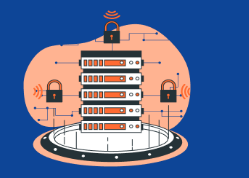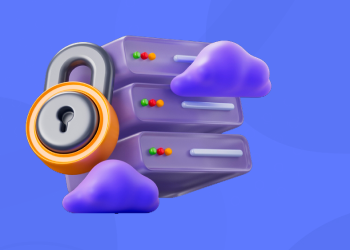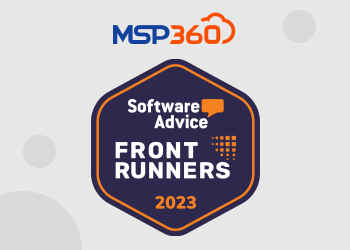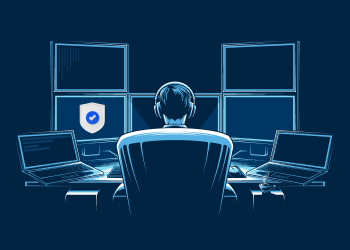We are happy to introduce MSP360 Backup for Microsoft 365 and Google Workspace 4.8, which brings a major addition to the storage experience – built-in managed cloud storage.
With this release, the need for third-party storage setup is entirely eliminated, configuration time is reduced, and administrators can start protecting Microsoft 365 and Google Workspace data immediately upon sign up. Continue reading
MSP Sales Cadence: Key Things to Learn
A sales cadence is a structured approach to reaching out to potential customers and moving them through the sales process. For managed service providers (MSPs), having a clear and effective sales cadence can be crucial to building a successful business. In this blog post, we'll discuss some key things to consider when developing a sales cadence for your MSP. Continue reading
Securing Your Digital Data: Achieving Cyberstorage Today
The growing threat against backups by cybercriminals in the course of an attack has the industry looking for a stronger definition of what should be included when considering where and how your backups are stored. Continue reading
International Women’s Day – Honoring Women In IT
Today, March 8th, marks International Women's Day, a day to celebrate the achievements and contributions of women across the globe. This year’s theme is #EmbraceEquity and in honor of International Women’s Day, we’re going to take a look at women in information technology (IT), a field that has traditionally been male-dominated but is now seeing more and more women entering and making significant contributions. Continue reading
MSP360 Managed Backup Recognized As Top MSP Software by Software Advice
We’re thrilled to share that MSP360 Managed Backup has been named a top-rated software solution in the newly released Software Advice’s FrontRunners Report for Top MSP Software of 2023. Continue reading
Introducing Connect 3.3
We’re happy to announce that Connect 3.3 is now available, with improvements that will make your experience with MSP360 Connect even better!
News You Might’ve Missed. February 2023
What's new this month in the news for MSPs? Microsoft services suffer massive outage after update to its WAN; Hive ransomware infrastructure disrupted in joint international operation; North Korean hacking group Lazarus targeting research enterprises; and more. Continue reading
Backup for a Cyber Resilience Offering
Those MSPs offering customers solely cybersecurity services to give protection from cyberattack are missing out on an opportunity to strengthen two of their offerings, while improving their customers’ operational availability. Continue reading
Why Dark Web Monitoring Should Be Top of Mind for MSPs
Cyber threats are on the rise worldwide, with attacks in 2021 causing an estimated $6 trillion in damages. That figure is only expected to rise further in the years to come, costing an estimated $10.5 trillion in damages to businesses worldwide by 2025. These damages affect businesses large and small, and in every flavor and type of industry — no one is immune. Continue reading
One Ransomware Gang Down, More to Go: It’s not Time to Be Complacent
Recently, the international community saw a significant victory in the fight toward a safer and more secure cyberspace. The Department of Justice announced it had, in partnership with other organizations, successfully taken down the Hive ransomware network. Continue reading
Introducing Microsoft 365 and Google Workspace Backup 3.1
We’re excited to introduce a new release of MSP360 Managed Backup for Microsoft 365 and Google Workspace! With version 3.1, we added automatic data cleanup and M365/Google Workspace backup and restore email notifications, and enhanced the domain settings page in the Management Console. Continue reading
Introducing MSP360 Managed Backup 6.4.5
With MSP360 Managed Backup 6.4.5, we’re introducing major improvements to the main menu structure for new providers, improvements to the Computers page, support for Azure Single Sign-On in the Management Console, and free web-based remote access for backup users. Continue reading
















